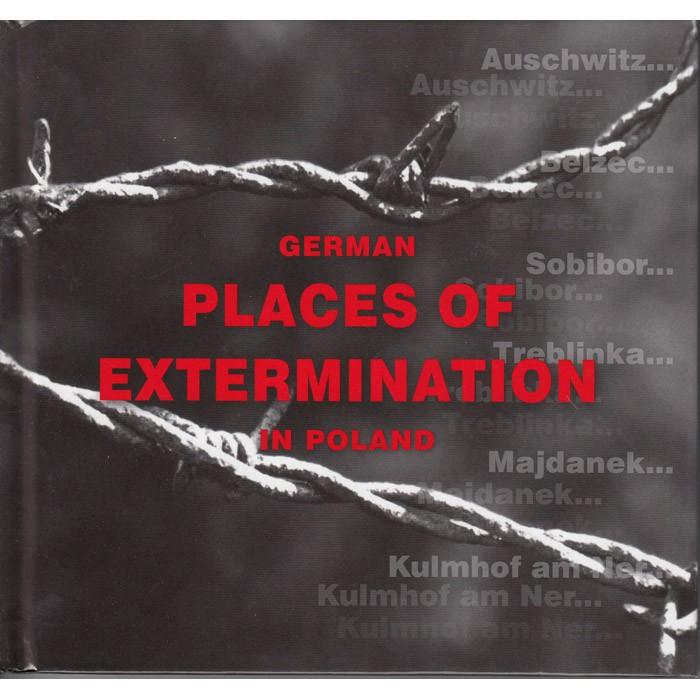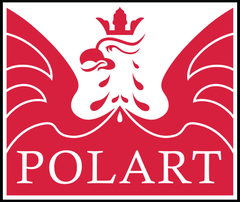
German Places of Extermination in Poland - Christian Parma
Choose options
German Places of Extermination in Poland
Archival and Modern Photographs: National Museum Auschwitz-Birkenau in Oświęcim, Regional Museum in Tomaszów Lubelski, The Museum of the Former Nazi Extermination Camp in Sobibór, Jewish History Institute, National Museum in Majdanek, Museum of the Former Extermination Camp in Chelmno-on-Ner, Christian ParmaText: Jacek Lachendro, Robert Kuwałek, Marek Bem, Edward Kopówka, Janina Kiełboń, Łucja Pawlicka-Nowak
Translation: Zygmunt Nowak-Soliński, Radosław Woźniak
The first concentration camps in Germany were created in 1933 after the Nazis came to power. These camps were used by them to isolate their political opponents or people whose activity was considered subversive for the state. After war broke out in 1939 the Nazis created camps in the territories of occupied Poland and other occupied countries. The purpose of these concentration camps was extermination. Inside them the Nazis created terrible living conditions with the sole purpose of causing a high death rate amongst the prisoners. An important function of these camps was also the economic exploitation of those imprisoned who were used as slave labor for certain branches of the German economy.
The German Nazis considered some of the nations in occupied Europe as inferior races, with the result that they selected Poles and eastern Slavs to be gradually eradicated and their lands settled by Germans. The Jews and the Gypsies were selected for immediate extermination. After they were brought to the camp, the Jews were sent directly to the gas chambers where they were killed. In the occupied areas the Nazis created six extermination camps within the borders of per-war Poland: Kulmhof in Chełm on Ner, Bełżec, Sobibór, Treblinka, Auschwitz in Oświęcim and Majdanek in Lublin. The latter two functioned also as concentration camps. Another concentration camp was created in Płaszów. Within the territory of present day Poland there are also the former camps, Gross Rosen in Rogoźnica and Stutthof in Sztutowo. The biggest of all the camps enumerated was Auschwitz, to which between 1940 and 1945 the German Nazis transported 1.1 million Jews, 140-150 thousand Poles, 23 thousand Gypsies, 15 thousand prisoners of war from the Soviet Union and 25 thousand prisoners of other nationalities.
The book is divided into six chapters, entitled:
1. Auschwitz
2. Belzec
3. Sobibor
4. Treblinka
5. Majdanek
6. Kulmhof am Ner
CHRISTIAN PARMA is a photographer, publisher. A photographer for some 60 lavishly-illustrated travel books.
Publishing House: Parma® Press, Marki 2010Hardcover book measuring 6.75" x 6.3" x 0.5"
96 pages, 110 photos
English Language Version
All books are shipped through the U.S. Postal Office using Media Mail service. Typically delivery times are between 1 and 2 weeks. Please be advised, certain destinations in the U.S. may take longer.
